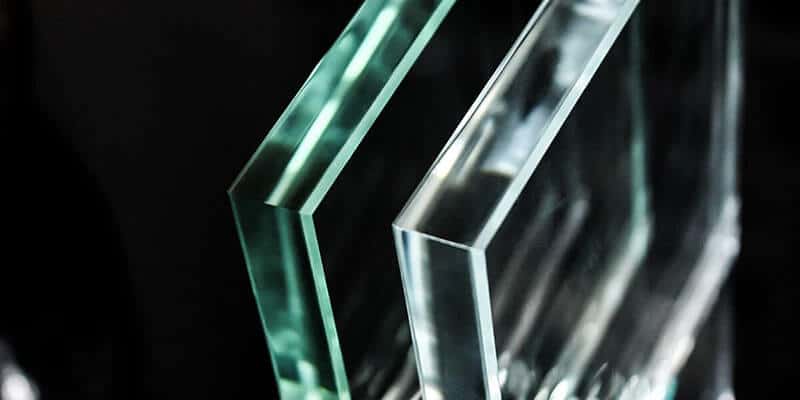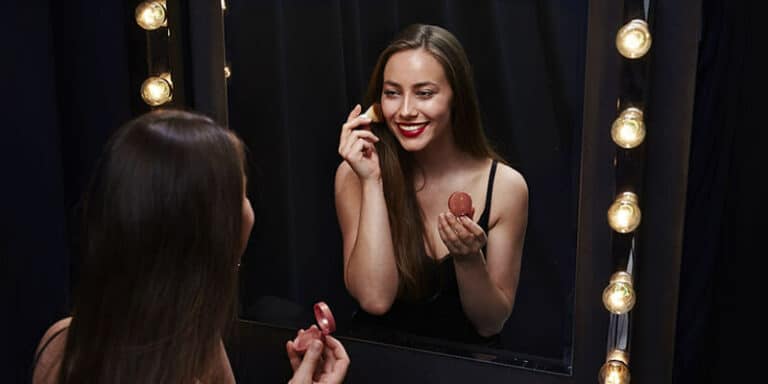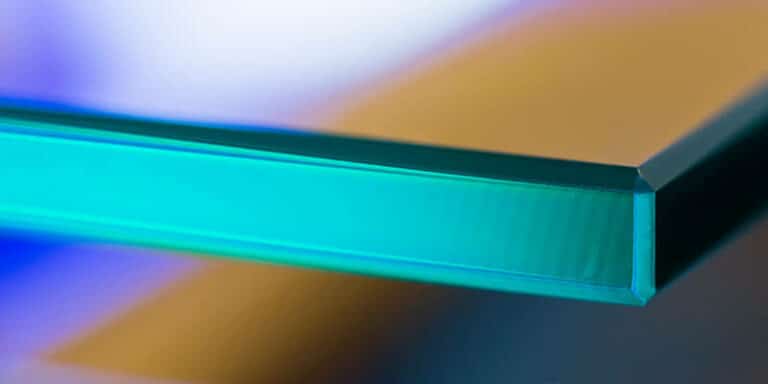The glass industry offers a variety of products to cater to different aesthetic and functional requirements. Low-iron glass has emerged as a popular option for applications that require high clarity and minimal color distortion. The right glass selection plays a crucial role in the success of mirror and glass projects.
Low-iron glass is different from standard clear glass as it has reduced iron content, which significantly reduces the greenish tint that can be observed in regular clear glass. This feature makes it an ideal choice for situations where true color representation and transparency are of utmost importance.
However, what are the differences between low-iron glass and clear glass in other aspects? Let’s delve into the following content to find out.
Key Takeaways
- Low-iron glass offers enhanced clarity and true color representation compared to standard clear glass.
- Choosing the right type of glass impacts the aesthetic and functional quality of glass and mirror projects.
- Understanding the key differences between low-iron and clear glass is crucial for informed decision-making.
What Is Clear Glass
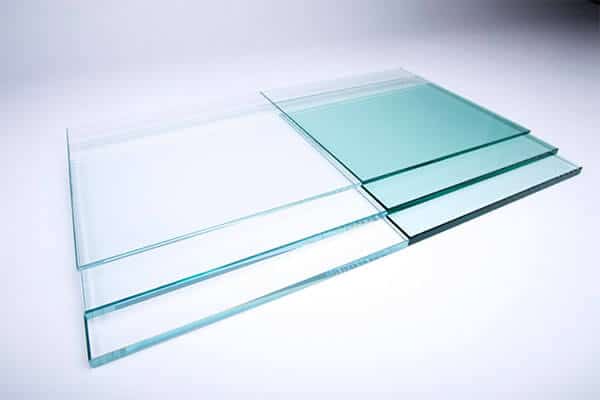
Standard clear glass is a ubiquitous material commonly found in a multitude of everyday objects, ranging from windows to beverage bottles. This traditional clear glass is made primarily from silica (sand), soda ash, and lime.
One significant component in the composition of standard clear glass is iron oxide, sometimes referred to as ferric oxide. Iron oxide impurities are naturally present in the raw materials used to produce glass. As iron content increases, so does the visibility of a greenish tint, especially noticeable in thicker slabs or larger pieces.
The transparency of clear glass is generally high, allowing for ample light transmission. Despite this, the slight green tint, resulting from iron content, can impact the overall brightness and clarity, especially when evaluating color neutrality and visible light transmittance. The effect is more pronounced as the thickness of the glass increases, tinting the view of natural light passing through.
In various applications where aesthetics are crucial, such as in architectural elements including windows, curtain walls, and facades, the green tint can subtly influence the color and ambiance of the illuminated space. For this reason, traditional clear glass may not be the preferred choice in instances where absolute color neutrality is required.
Identifying the presence of this color tint is not always straightforward in thin panes; however, it becomes readily noticeable when observing the glass edge-on, or when multiple layers are used. Despite the light green hue, standard clear glass remains a popular and versatile option for a wide range of applications due to its balance of cost, availability, and performance.
What Is Low-Iron Glass
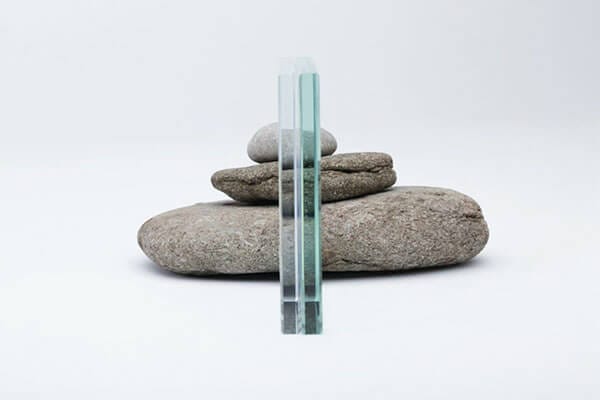
Low-iron glass, often referred to as extra-clear glass or optically clear glass, stands out due to its reduced iron oxide content. The lower iron content is a critical distinguishing factor from standard clear glass, as it drastically enhances transparency and permits more light to pass through, resulting in superior clarity and brightness.
Benefits:
- Increased light transmission
- Neutral color rendition
- Enhanced visual clarity
This glass variety is highly valued in applications where exceptional clarity is paramount. Showcases utilizing low-iron glass have displayed its effectiveness in permitting higher light transparency than traditional clear glass. For example, architectural features such as frameless glass walls, storefronts, and display cases benefit from the aesthetic and practical qualities of low-iron glass. Art galleries and museums frequently leverage this material to ensure that visitors see the true colors of exhibits.
Low-iron glass, by allowing more natural light to permeate spaces, promotes brightness and contributes to the energy efficiency of structures. Its employment in solar panels demonstrates its effectiveness, as the glass’s light transparency maximizes the absorption of solar energy. Hence, the material’s attributes are not only visually pleasing but also economically and environmentally advantageous.
Low Iron Glass Applications
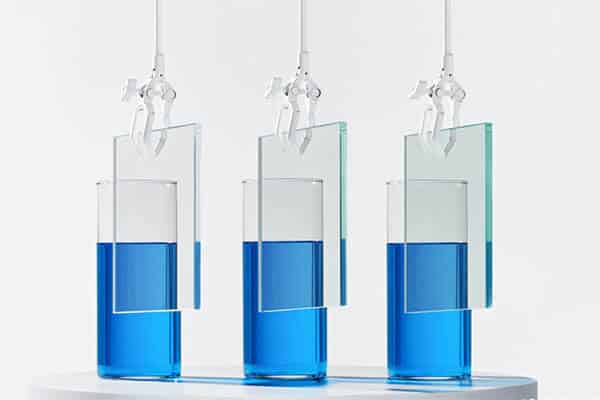
- Solar Panels – Low iron glass with more than 5 to 10% light transmission than clear glass is an ideal solution for solar panels. It allows solar panels to absorb more solar energy without losing energy through traditional clear glass.
- Frameless Glass Walls – Low iron glass applications in commercial and residential spaces often include the installation of frameless glass walls. These glass panels are preferred for their high transparency and aesthetic value, which surpass that of clear glass. They offer a visually unobstructed view, enhancing the feeling of space and promoting natural light flow.
- Back-Painting Projects – For back-painting projects, it is paramount to start with a glass that offers color accuracy. Low iron glass serves as an ideal base, ensuring that painted hues are vivid and true to tone. Applications range from colorful glass walls to decorative panels in furniture.
- UV-Bonded Display Cases and Shelves – Retail spaces often opt for low iron glass in display cases and shelving. It minimizes color distortion, showcasing merchandise in its true shade. Retailers rely on the clarity of low iron glass to facilitate impulse buys, which, according to Invesp, account for a significant portion of store revenue.
- Markerboards – For markerboards, low iron glass is the material of choice. It provides a pristine, ultra-clear surface that ensures high legibility. This is a considerable step forward from traditional whiteboards, marrying functionality with design finesse.
In summary, low iron glass is widely used for its clear quality and versatile applications. Its strength and durability make it suitable for numerous architectural projects. It is a key player in both the solar and display industries, revolutionizing how light transmission and visual clarity impact design and function. The demand for low iron glass spans across numerous domains, from greenhouses and aquariums to shower enclosures and beyond, highlighting its role in innovative and high-quality glass solutions.
Difference Between Low Iron Glass Vs Clear Glass
| Properties | Low Iron Glass | Clear Glass |
| Manufacturing Material | Silica with nominal iron content | Combination of soda ash, lime, and sand |
| Manufacturing Process | Heating the materials and then shaping process | Heating the materials and then shaping process |
| Iron Content | 0.01% | 0.1% |
| Color | colorless | Greenish tint, visible especially at the edges. |
| Transparency | Offers more transparency than clear glass, around 91% | Less transparent than low iron glass, about 83% |
| Strongness/Strength | Same strength | Same strength |
| Can it be tempered? | Yes | Yes |
| Scratch Resistance | Less scratch-resistant than clear glass | More scratch-resistant |
| Cost | 20-30% more expensive than clear glass | Cost-friendly |
Decision-Making Factors: Choose Glass Wisely
When evaluating the types of glass for a project, it’s crucial to consider the budget, the importance of color neutrality in the design, and the glass’s role in the project.
For spaces where maximum clarity and true-to-life color representation are essential, low-iron glass is the preferred choice, despite the higher cost. It becomes particularly important for industries requiring precise color rendering or for premium architectural designs. The strength and durability of the glass should also be taken into account, alongside its ability to undergo the tempering process.
Frequently Asked Questions
Does low iron glass have any disadvantages when used in shower doors?
While low iron glass enhances the appearance of shower doors with its clear look, it might be more susceptible to scratches as compared to clear glass and could be more expensive.
What methods are used to identify low iron glass from clear glass?
One can identify low iron glass by inspecting the edge of the glass; low iron glass will have a clearer or nearly colorless edge compared to the green edge of clear glass. Additionally, the higher transparency when installed is a telling sign.
